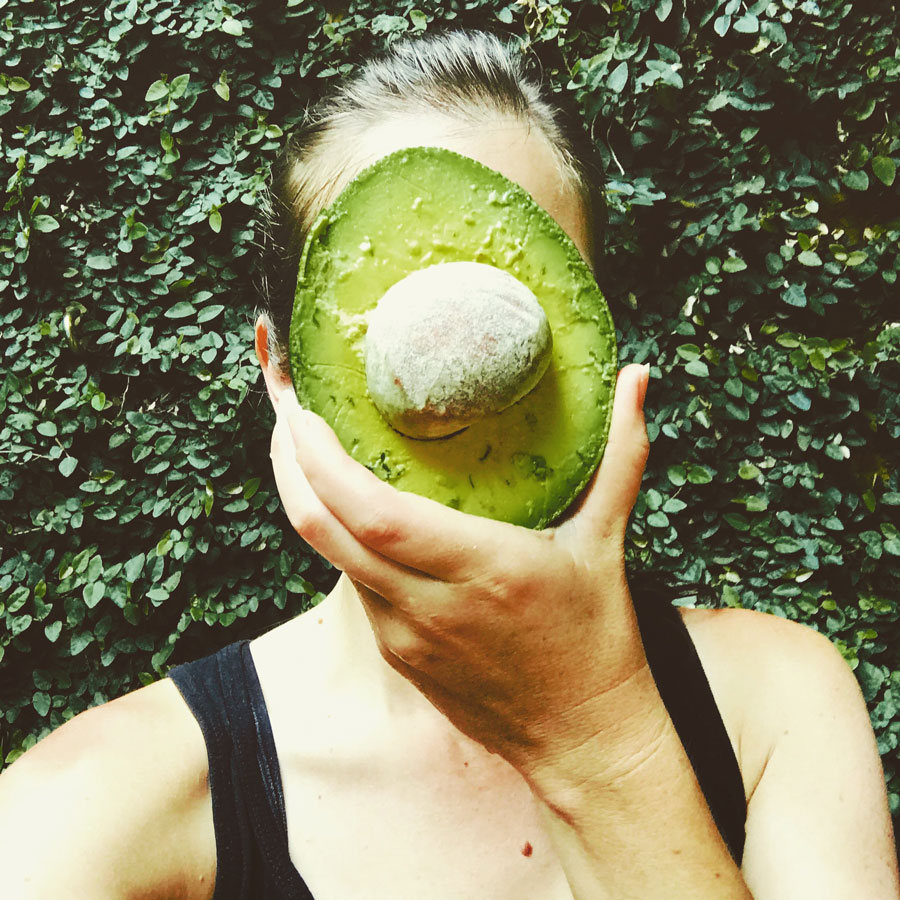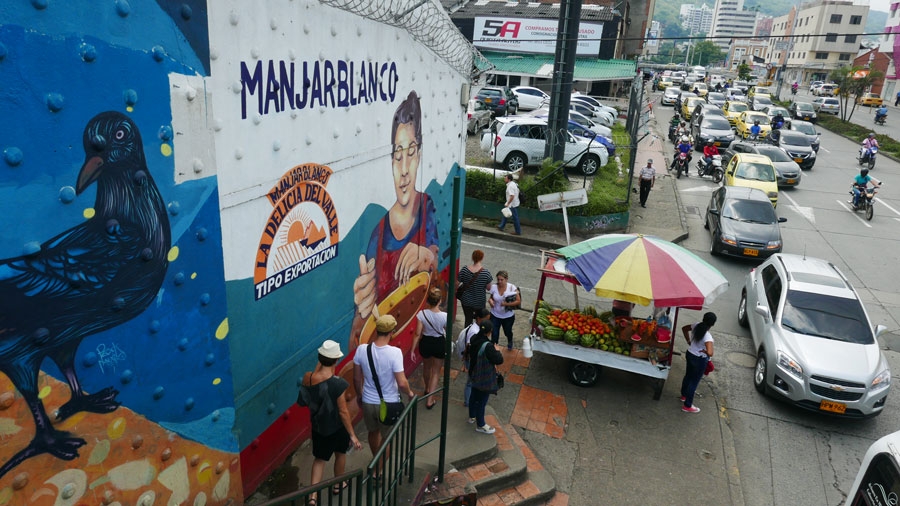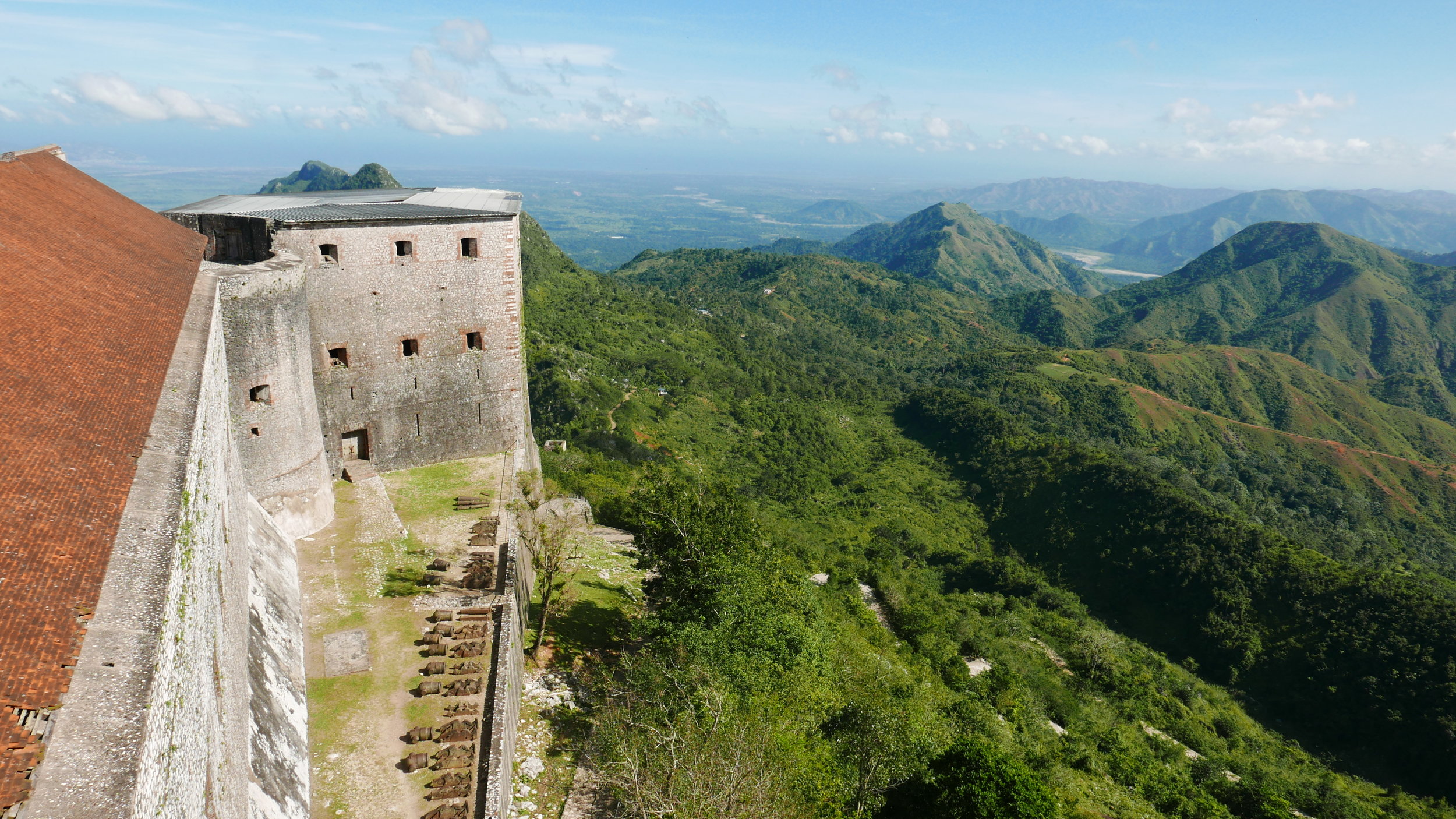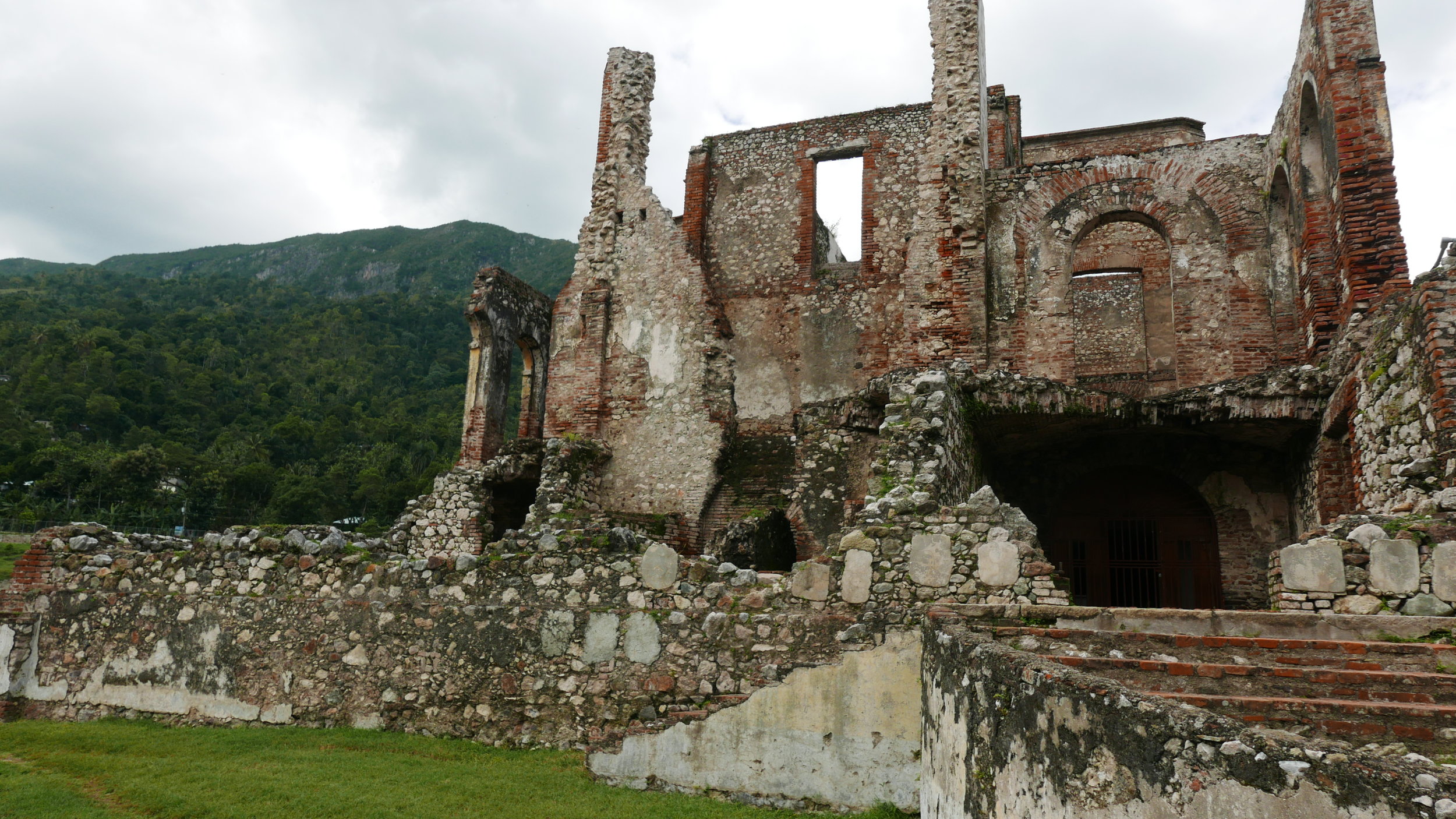Steep, lush mountains surrounded us all in all directions, their summits unknown as the tops disappeared into the clouds. We drove through miles of terraced coffee farms, interspersed with banana trees. Banana trees offer coffee plants sombra or shade. Shade-grown coffee plants provide environmental benefits in contrast to their unshaded monoculture counterparts. These small-scale, high-altitude, sustainability-focused coffee producers are part of a bold plan for economic revival in Guatemala, and I have travelled here to support them through graphic design.
At the end of a winding dirt road, my client and I arrived for a business meeting at a coffee farm owned by an Indigenous family deep in the heart of the Guatemalan Cuchamantes mountains. From a small brick home, women emerged carrying stacking chairs which were promptly arranged in a semi-circle around my client and me. As their attention focused, I became the object of their curiosity: a tall, white, bug-bite-ridden foreigner who smiled too much.
More curiosity arose when the extraño asked the strangest of questions, “What is the meaning of the colors and symbols on your garments? What plants do you rely on? Tell me more about the birds in your region.” I imagined the Mam (indigenous Mayan) families thinking, “She came all this way just to ask us about our pants?”






